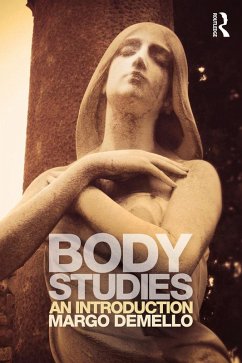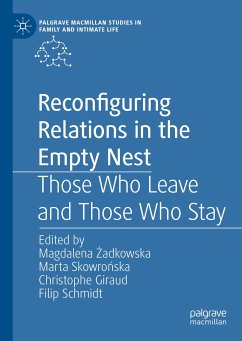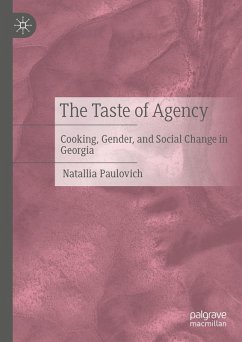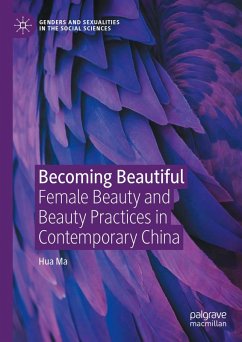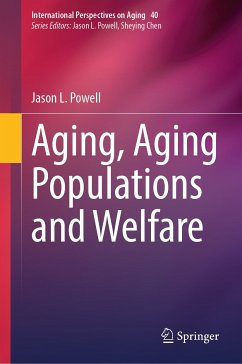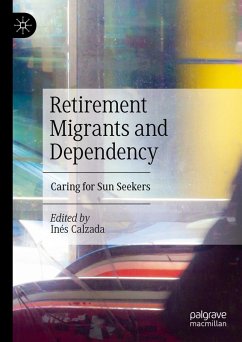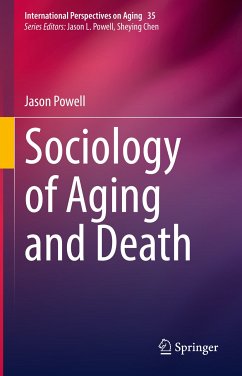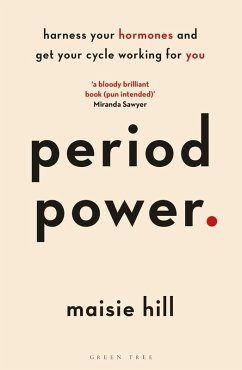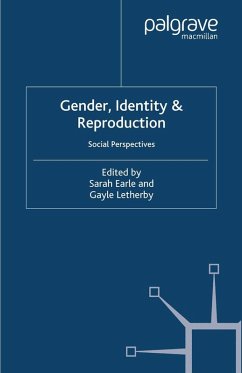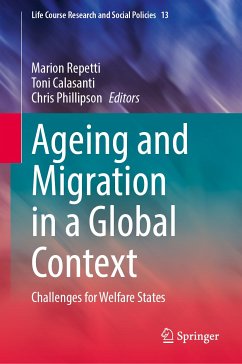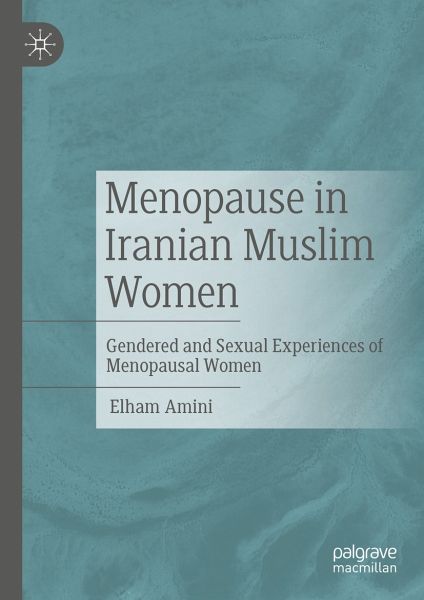
Menopause in Iranian Muslim Women (eBook, PDF)
Gendered and Sexual Experiences of Menopausal Women
Versandkostenfrei!
Sofort per Download lieferbar
96,95 €
inkl. MwSt.
Weitere Ausgaben:

PAYBACK Punkte
48 °P sammeln!
This book offers an original empirical study into the gendered and sexual experiences of Iranian Muslim women going through menopause. Using a biographical lifecourse lens, it explores the processes through which these experiences are shaped by hegemonic gender norms, as well as how these women express their agency. Centering the voices of Iranian Muslim women, this book links sexuality, ageing, and the body to the matter of menopause, conceived here as a gendered, embodied and lived phenomenon characterised both by cultural constraint and by individual reflexive body techniques. By considerin...
This book offers an original empirical study into the gendered and sexual experiences of Iranian Muslim women going through menopause. Using a biographical lifecourse lens, it explores the processes through which these experiences are shaped by hegemonic gender norms, as well as how these women express their agency. Centering the voices of Iranian Muslim women, this book links sexuality, ageing, and the body to the matter of menopause, conceived here as a gendered, embodied and lived phenomenon characterised both by cultural constraint and by individual reflexive body techniques. By considering gender and sexuality as vectors of power with internal politics, inequalities, and oppression alongside embodied practice, the author shows how the life course provides a trajectory of sex and sexuality that routes both in time, space, social and cultural context.
Dieser Download kann aus rechtlichen Gründen nur mit Rechnungsadresse in A, B, BG, CY, CZ, D, DK, EW, E, FIN, F, GR, HR, H, IRL, I, LT, L, LR, M, NL, PL, P, R, S, SLO, SK ausgeliefert werden.



